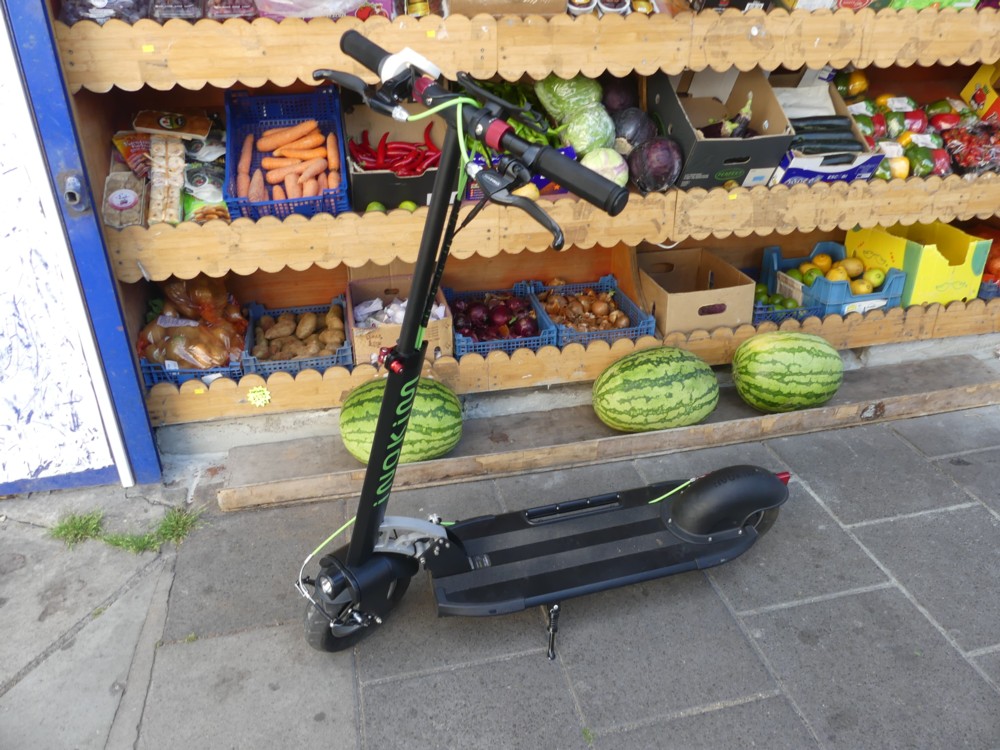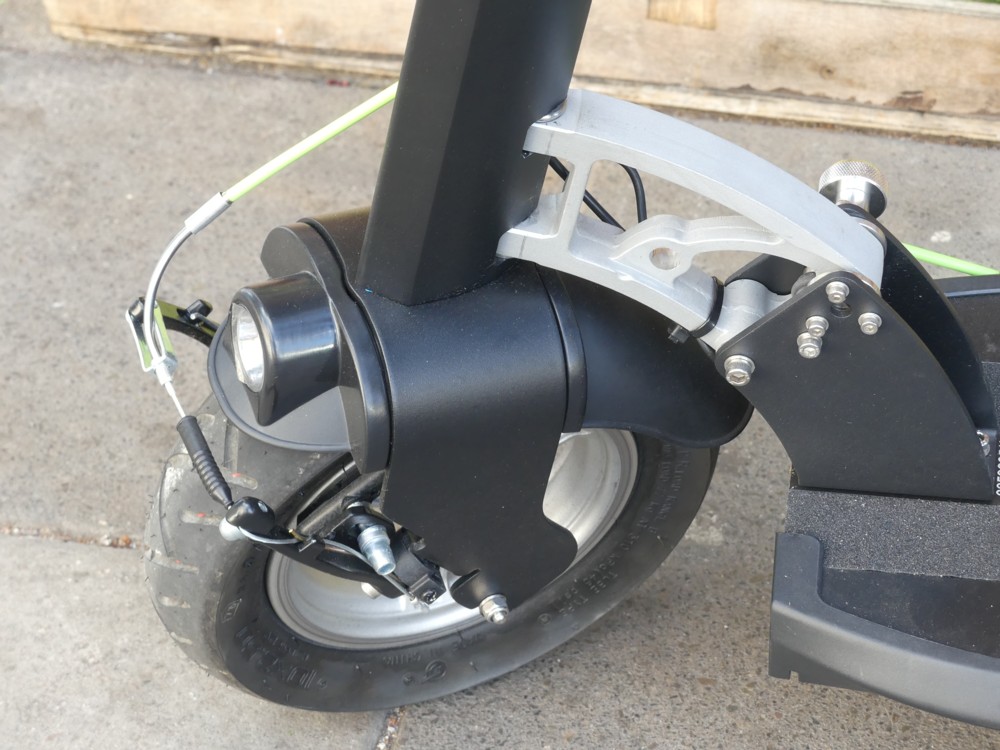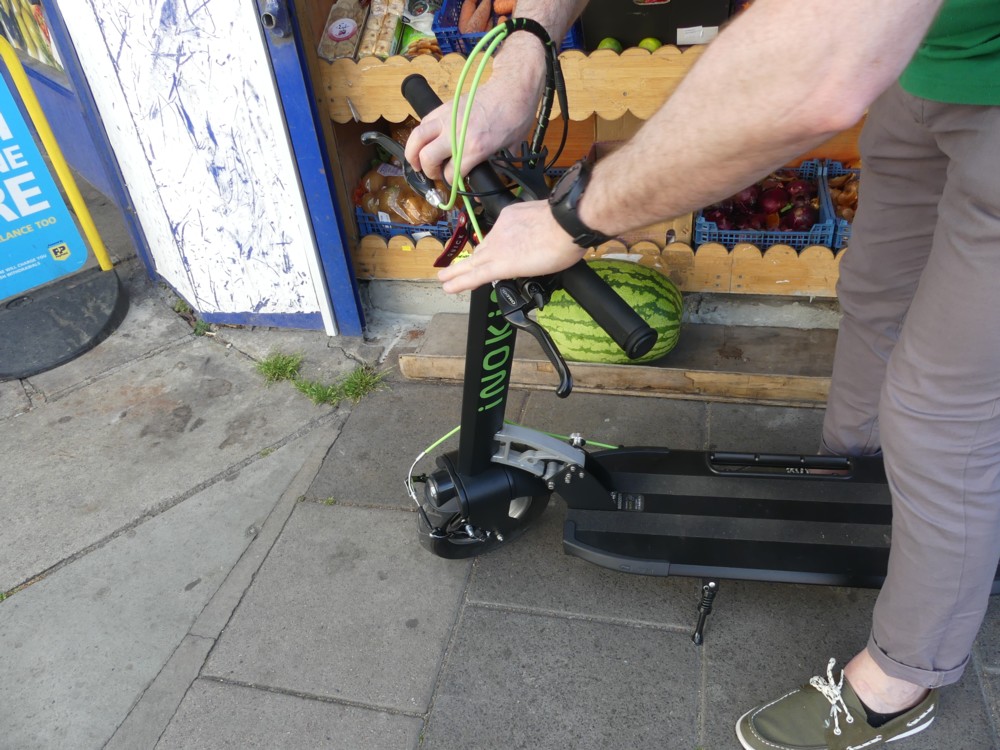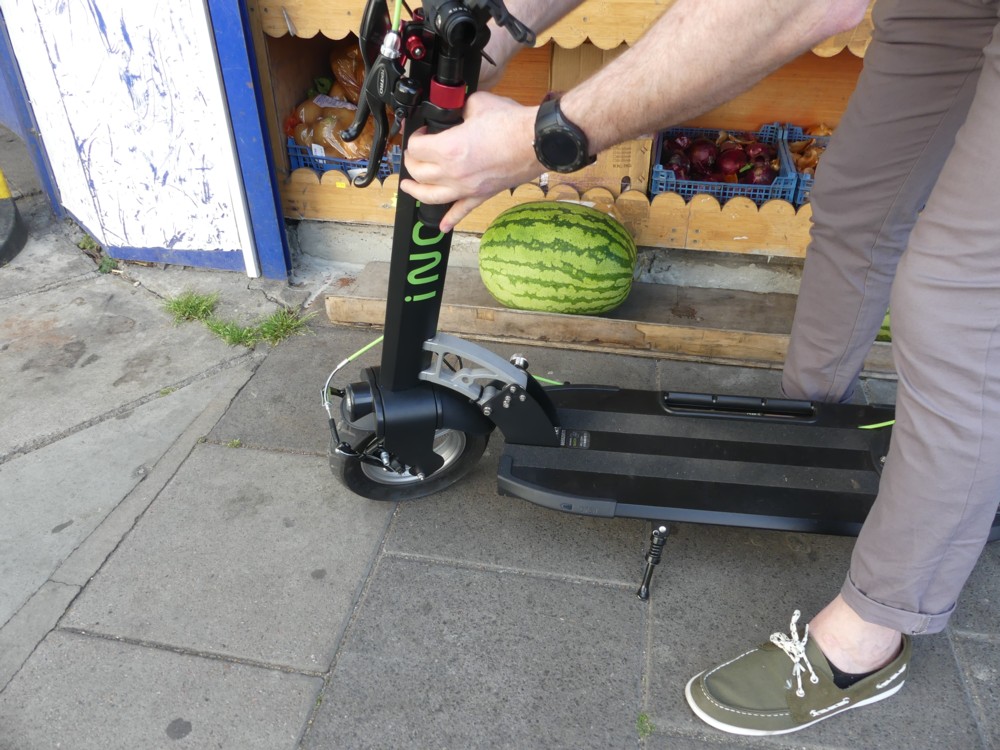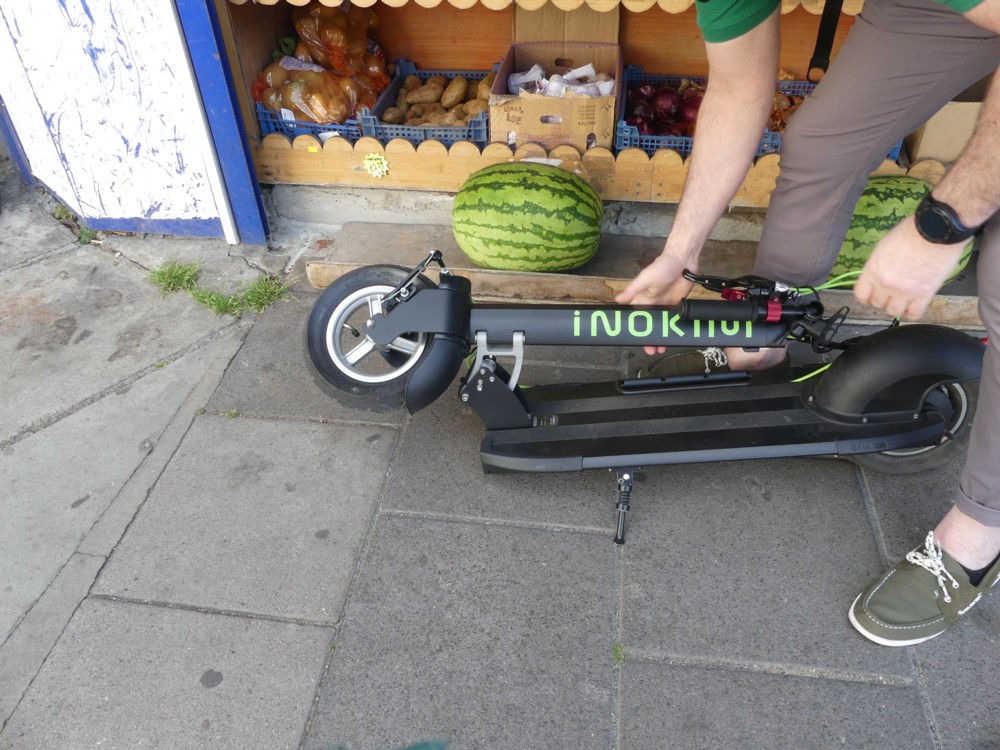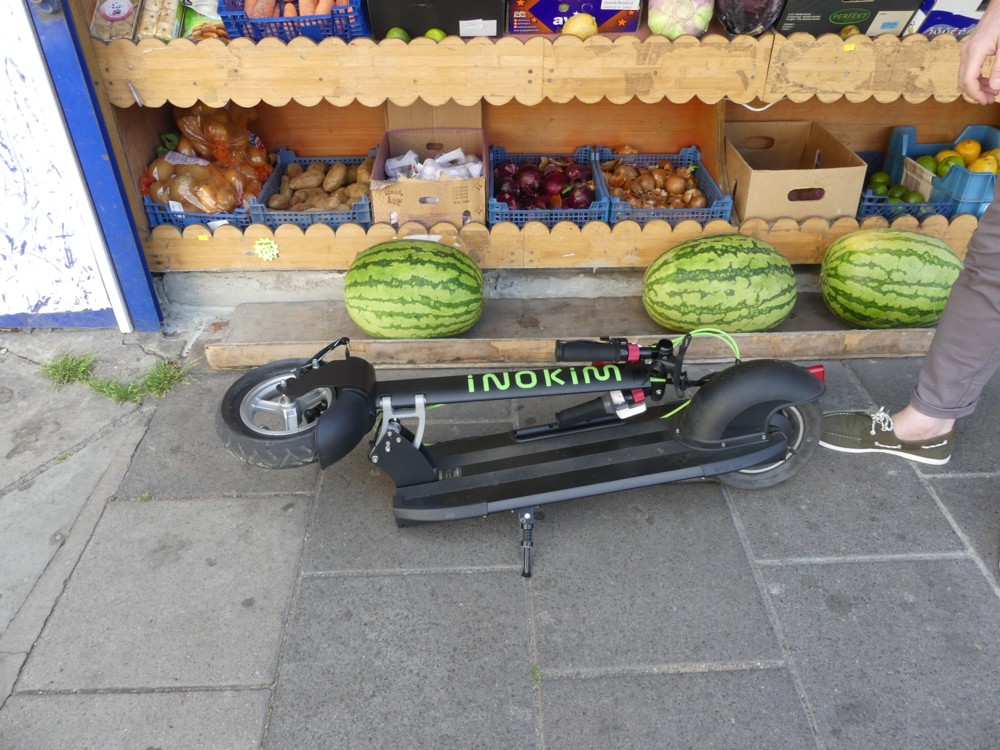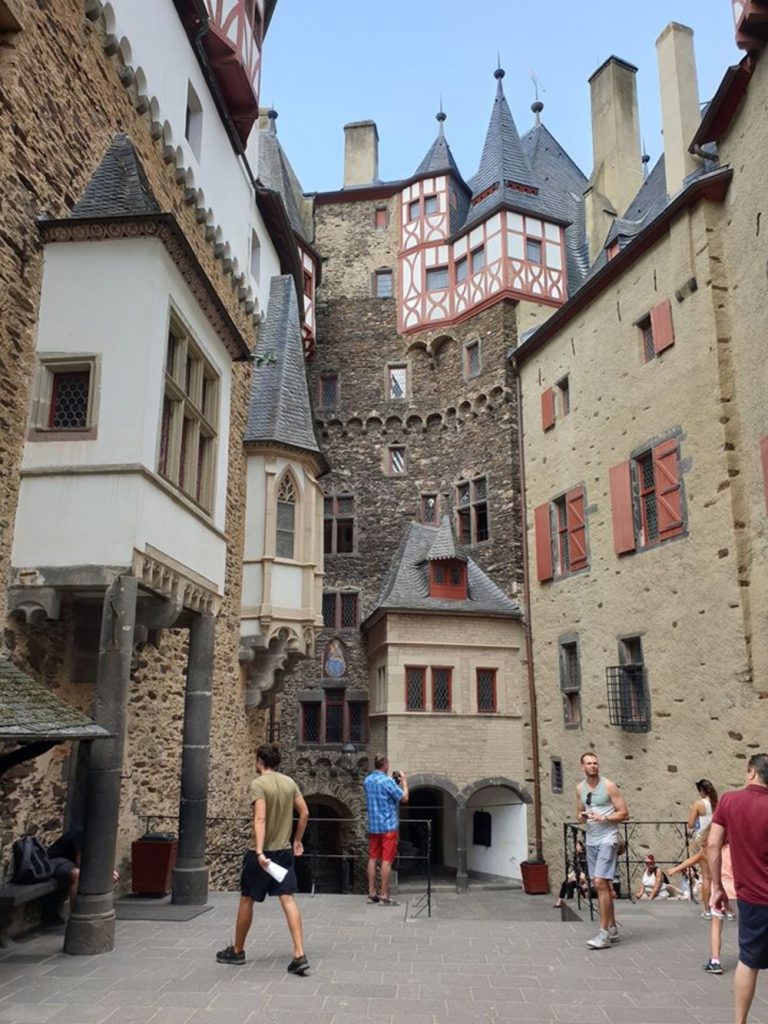I’ve been a bit of a latecomer to the use of shortcuts to favourite photos. Now I find them essential, simply to keep track of where my most favourite photos from long ago times are to be found on my hard disc.
For a long time, what I would do is copy the file of the entire photo to a new directory. But that has a big drawback, which is that when posting photos here I like to be able to talk intelligently about these photos. When they were taken, where, and above all, simply, what they are of, that often needing to be explained. That can be hard to see when the photo had been snatched away from the directory where all the photos on that particularly expedition are to be found, especially including those taken just before and just after the one I want to talk about.
Shortcuts deal with this problem by leaving a favourite photo where it is, yet at the same time giving me big clumps of favourite photos to stir my blogging juices, and happy and/or interesting memories generally. They also direct me to whole collections of photos that I remember with special pleasure and which illustrate some particular point, or tell of some particular photo-expedition.
This photo, of a car, in snow, outside my local Blockbuster Video in Warwick Way, just off of Vauxhall Bridge Road (I can see that much at a glance), was not especially interesting when I photoed it:
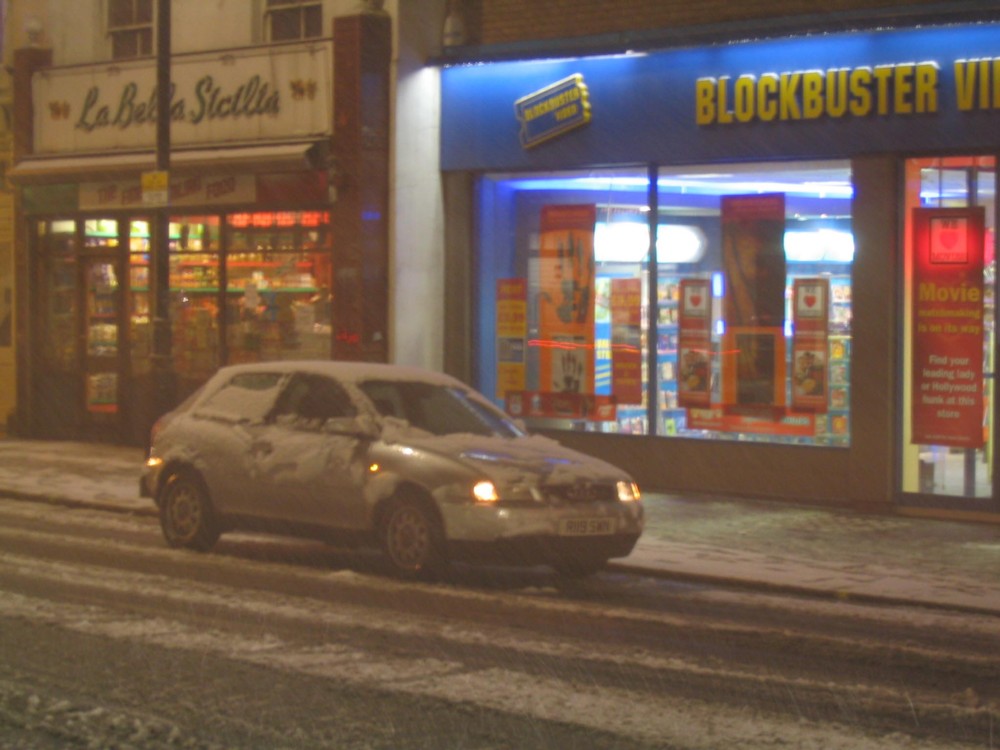
But it is now, because Blockbuster is not just an enterprise that no longer exists. Blockbuster is now famous for being an enterprise that no longer exists. That makes my ancient photo of interest. So, when I come across it in the archives, four years ago, I created a shortcut to it, and put that shortcut in a new shortcut directory.
Where I came upon it recently, having forgotten about that shortcut directory. But at least when I found that directory I found a couple of dozen photos of interest, rather than just one, because I had chanced upon it in its original home. I’m old. It has taken me a while to realise that I need to get my use of shortcuts much more organised, which I have actually started to do, that early shortcut directory being an early symptom of this effort. Maybe collected into annual directories? We’ll see. By which I mean, I’ll see, and maybe you’ll see also, as in see also some further interesting ancient photos, if you keep coming here.
More importantly, from your point of view, I can tell you that the above photo was photoed in January of 2004. Since Blockbuster vacated this spot, it became an exercise parlour, crammed with exercise equipment, but never ever, whenever I looked, containing anyone taking any exercise. (Not one. Ever. Weird.)
It is now a Waitrose, and looks like it will remain that for a while.
People were also saying, way back when they said such things, that snow would become a thing of the past, which may be why I photoed this photo originally, along with all the others I photoed that evening. Turns out it was Blockbuster that melted away for ever.

